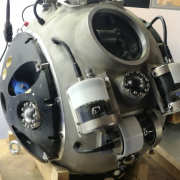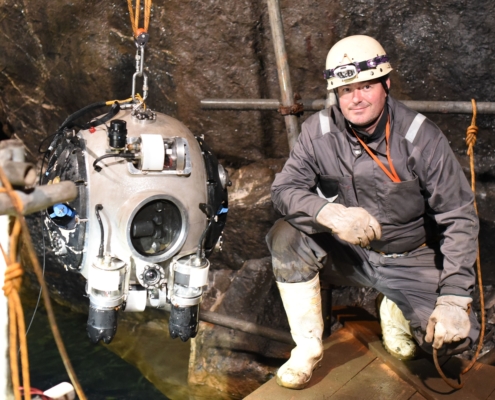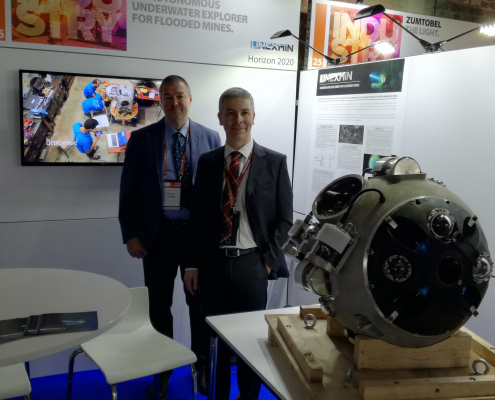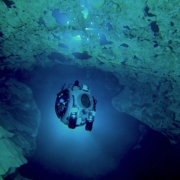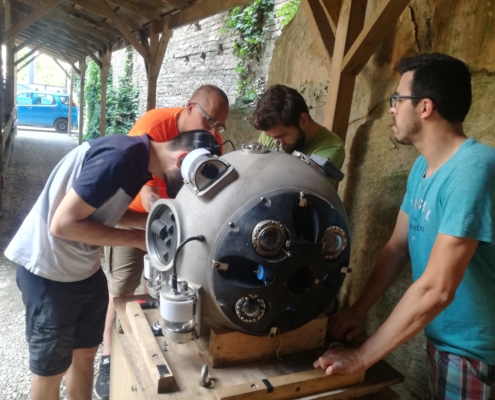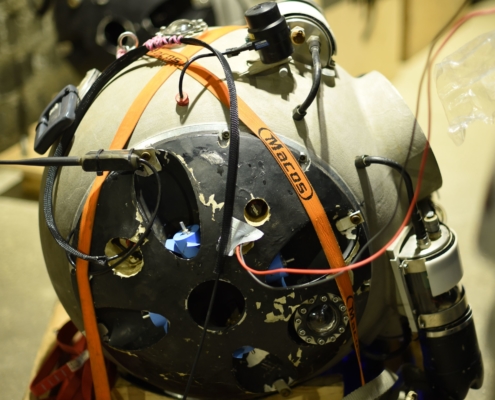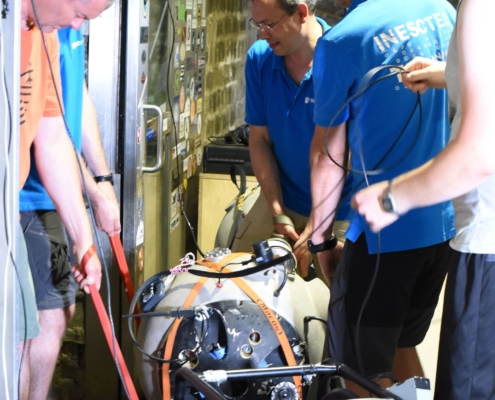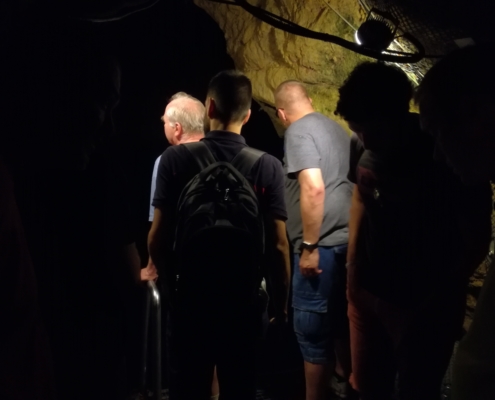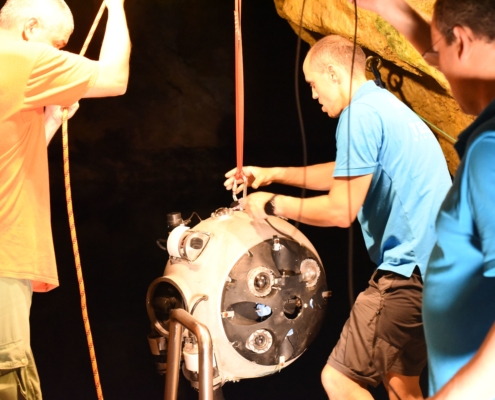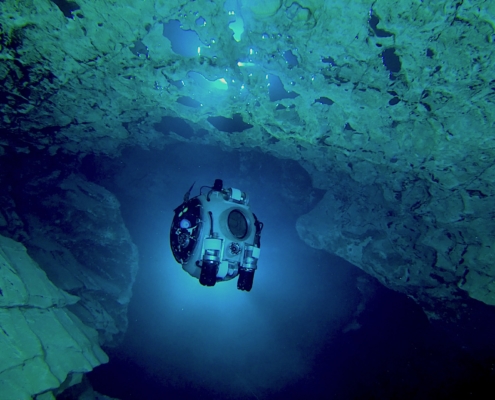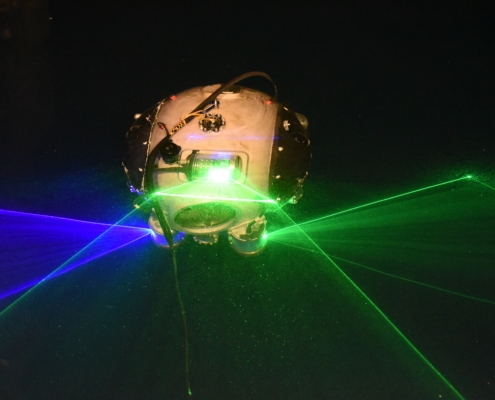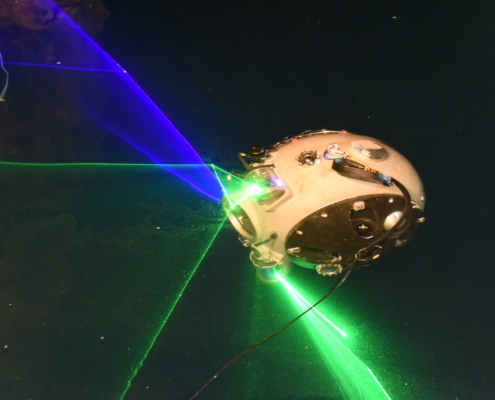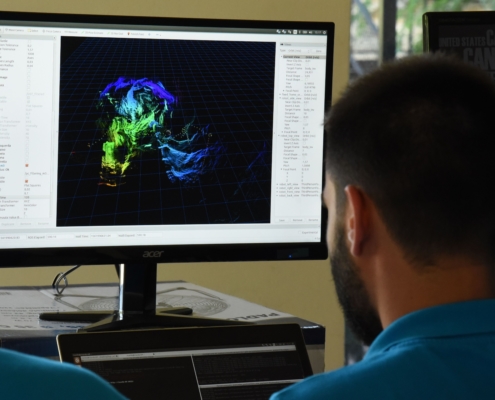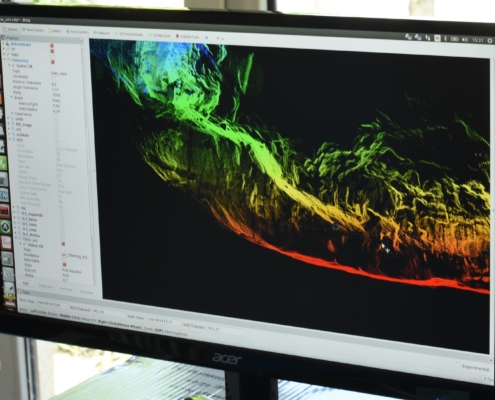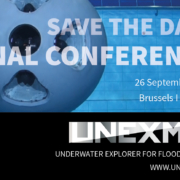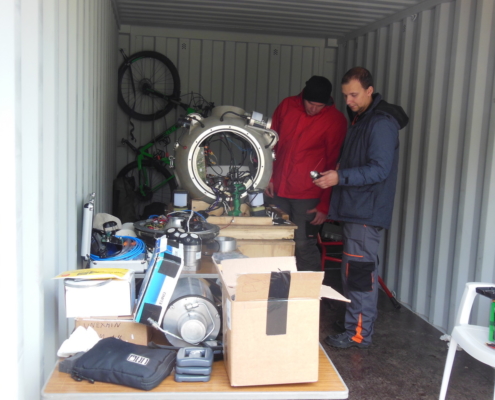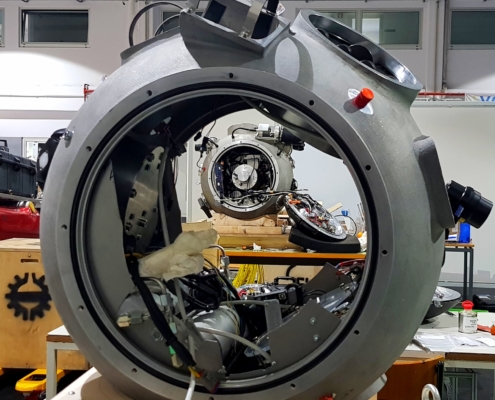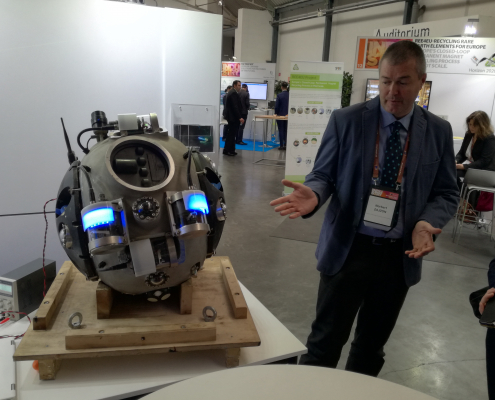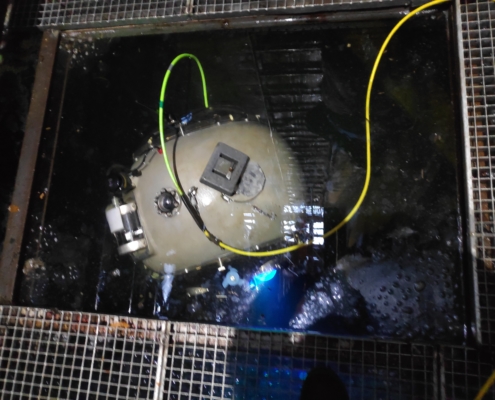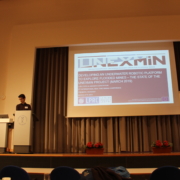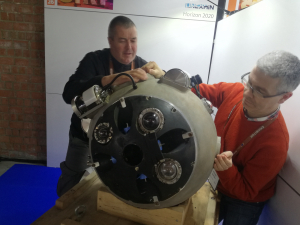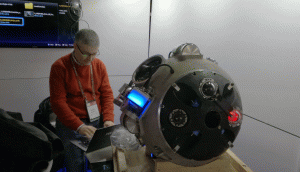The UNEXMIN final event is set to happen on the 26th of September, later this year. It will count with a representative array of talks and discussions from robotics, raw materials and policy perspectives. Stakeholders are invited to take part on this event to learn more about UNEXMIN and the bigger European current and future perspective. Registration is free and is now open.
About the event
UNEXMIN is an EU-funded project that develops a novel robotic system for the autonomous exploration and mapping of Europe’s flooded mines. To learn more about these innovative mineral exploration techniques, we invite you to register now for the project’s final conference which will be held on 26th September 2019 in Brussels. At this occasion, project results, including the presence of one of the UX-1 robots, will be shown, discussed and demonstrated. The programme will include high-level discussions on raw materials policies, support from the UNEXMIN project to those policies and the European industrial innovation, and on the capabilities and future application of the exploration system.
Programme
The event sessions are now set and several speakers have already confirmed their attendance. The conference will be split into the following sessions:
- Morning session: Setting the political context – the future of mining in Europe
- Afternoon session I: Raw materials & mining
- Afternoon session II: Robotics & functionalities
- Round table and closing session
Who should attend?
The conference will provide a unique opportunity to discuss the UNEXMIN project overall and its specific fields of work, including minerals exploration, raw materials exploitation, and robotics and ICT development, with cross-cutting discussions that aim at demonstrating the impact that UNEXMIN can have on the European landscape. Therefore it is particularly relevant for EU policymakers, academics, mineral exploration and exploitation companies, cave exploration companies, SMEs focussing on geological consultancy and minerals surveying, and robotics and ICT experts from private and public institutions.
More information and registration
Full information is available at https://www.unexmin.eu/unexmin-final-conference
Participation in this event is free but requires registration.
To register, please fill in the form at https://forms.gle/V64vHekSZVbTZmo59
Venue
Royal Belgian Institute of Natural Sciences
Vautierstreet, 29 I 1000 Brussels I Belgium
If you have any questions do not hesitate to contact us!

